In the Renaissance art was read by most people. The visual language artists employed was comprehensible to most. Literacy was limited and usually the written word served those who ruled – primarily the Church and the armed warriors of the aristocracy who protected and fed off the wealth the Church stole from the people. Imagery put artists in a position where their work communicated with more people directly than the written word prior to the 17th century.
Whilst some artists were used to propagate the word of the church to the illiterate peoples, others became more subversive and were persecuted by both the Church and the powerful to which knowledge was a threat. Look at how much effort went into keeping an English language bible from the hands of common folk to see how spreading knowledge could be subversive. Look at the persecution of those whose art was not acceptable to the church, such as Caravaggio.
A composer friend of mine said how lucky I was to be a visual artist as so much of music had become corrupted in the service of today’s powerful through advertising jingles etc.. This comment came from someone whose own understanding of visual language enabled him to be blind to the way that commerce exploits the visual arts as much as the musical arts.
Fuschia Acrylic on Canvas 5 feet by 3 feet six inches 1978 now in a Private Collection
Today much visual language is also debased not just by its corruption in the hands of commerce but also by those artists who are derivative and whose command of visual language is impoverished. This results in work that is lacking in skill of any kind, and where the ideas within the work are derivative.
It is true that today it is harder than ever to avoid reworking ideas expressed before. In the same way that a new play or poem re-uses language so art re-uses the visual work of others, extending knowledge through pushing ideas further than they have been pushed before. Thus Hockney continues to develop an understanding of the visual world through the use of cameras and drawing that enriches our understanding of the world around us. The language he uses is that same but his interpretation pushes it further in broadening our understanding of the world around us.
I’m no Hockney and don’t seek to compare myself with the greats, but I do share their passion for the language of art. In my own way I too am struggling to express my own understanding of the visual world through the language of art. That this comes from within, from the soul perhaps, can be seen in the way the underlying ideas remain after 50 years of work.
The grid is a traditional part of visual language, a device used in the renaissance to enable accurate recording, a device used for enlarging drawings onto canvas, a part of the grammar of art practice that I try to pull to the surface so that structure, rather than being hidden underneath paint is revealed as a part of the painting.
As yet I struggle to get to the painting, but I feel the drawing process is starting to open up my understanding, and this week’s drawings, reworking some of what has gone before, surely seem to make a step forward. I hope you think so too.

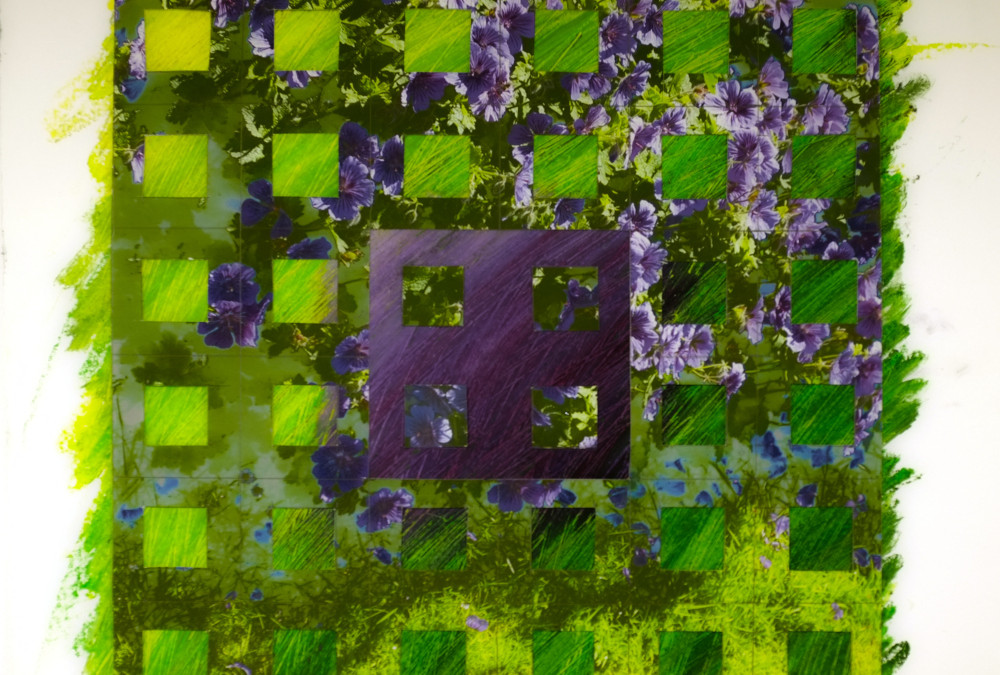
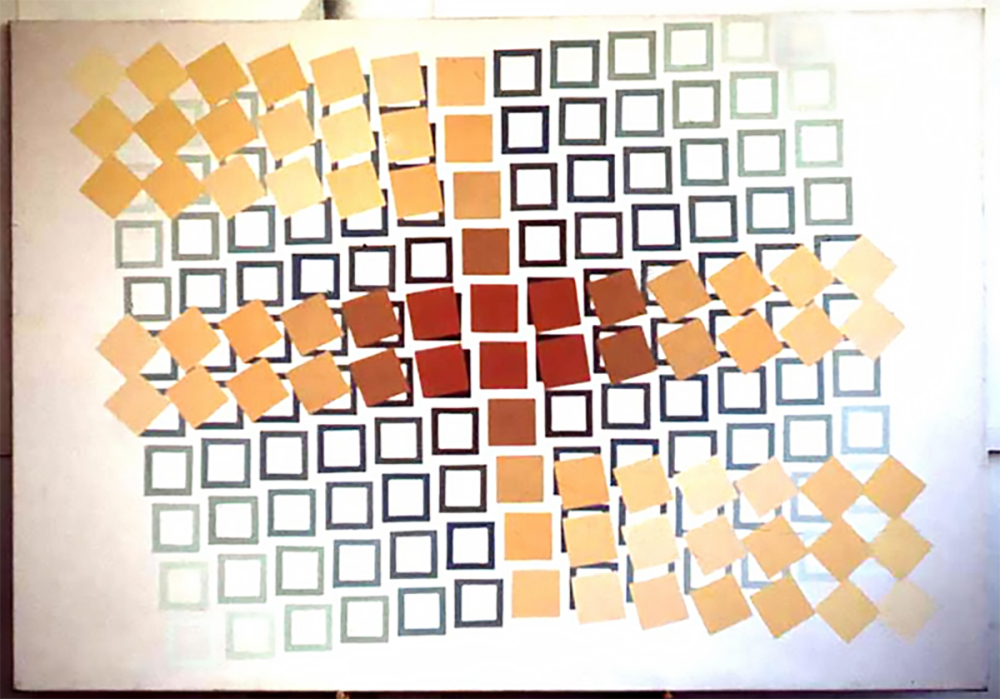
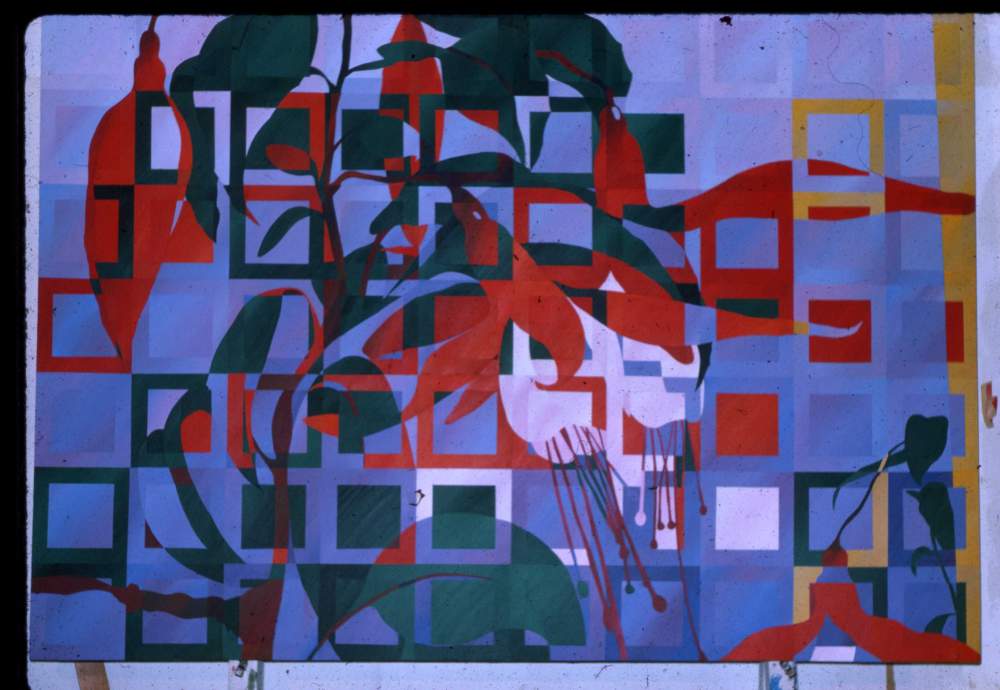
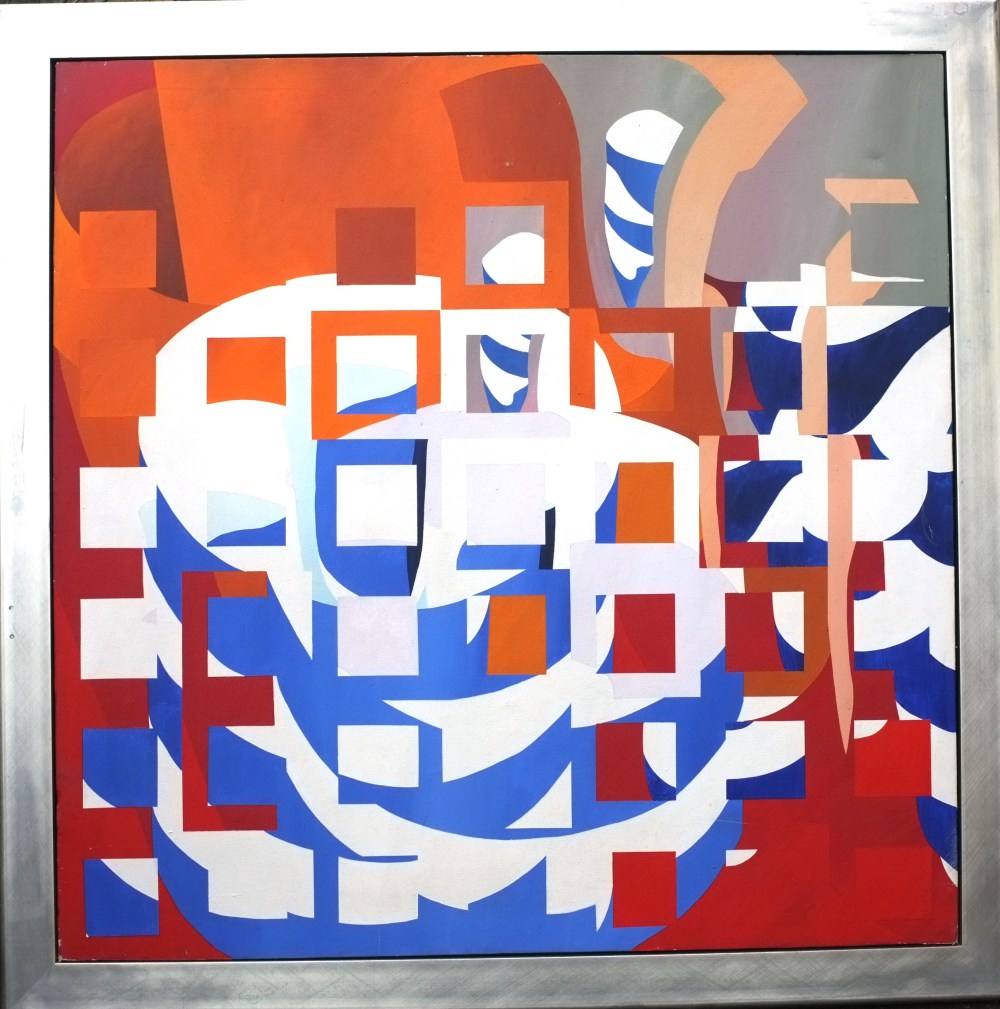
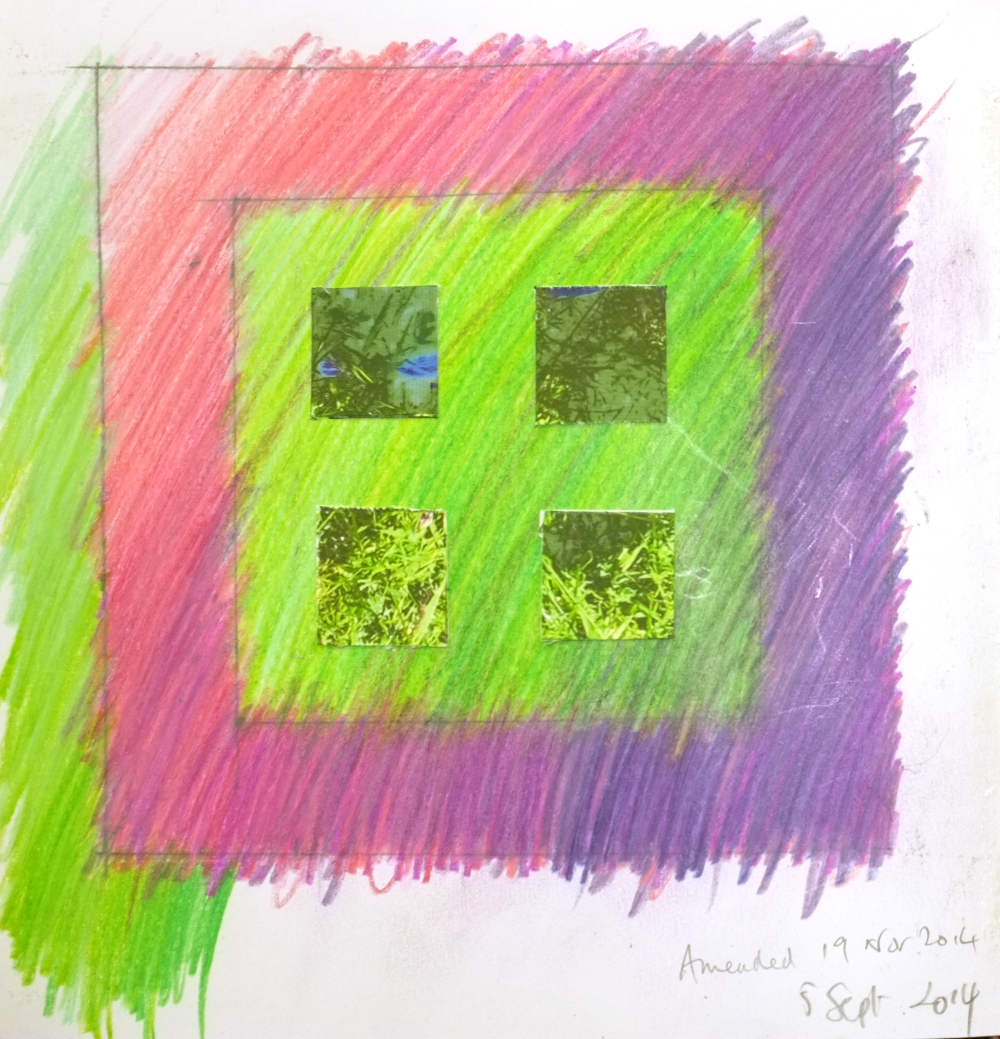
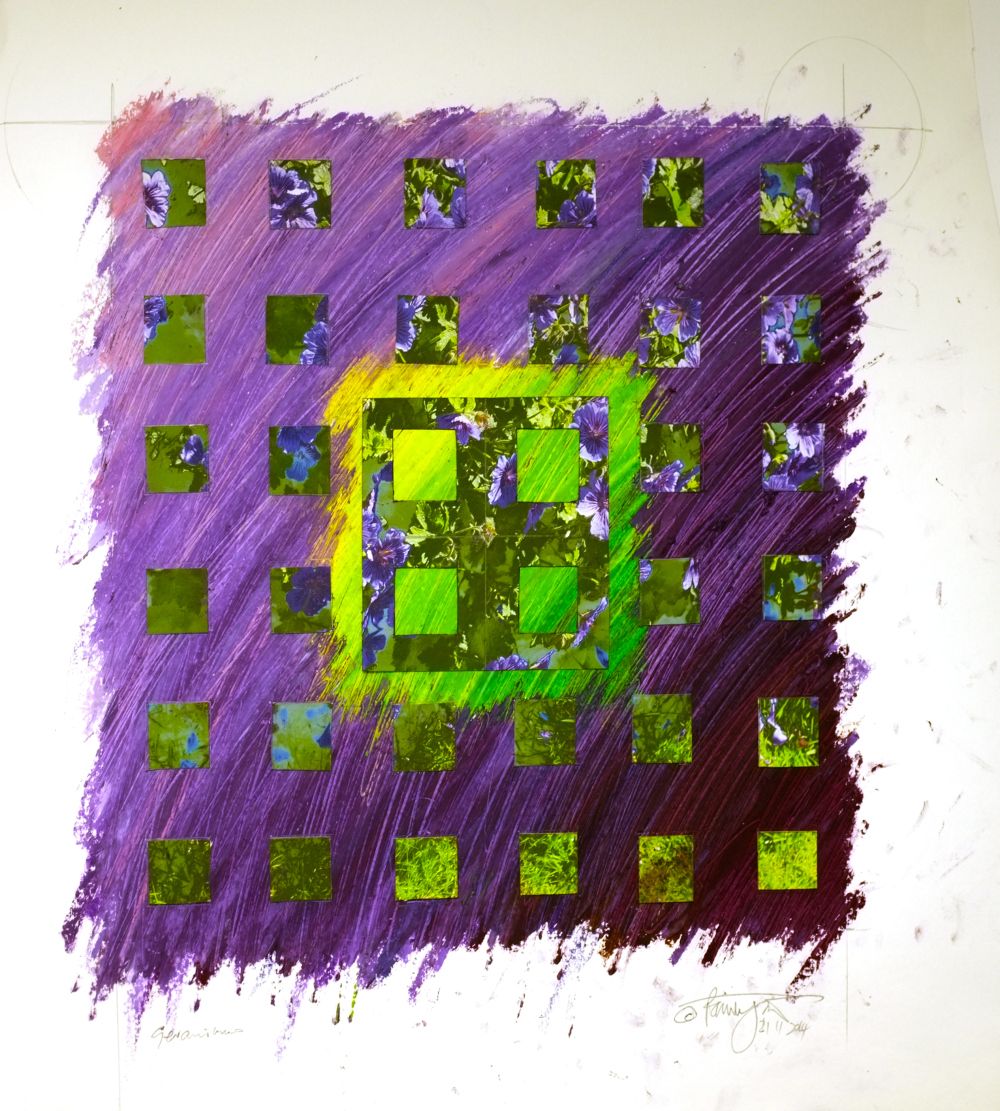
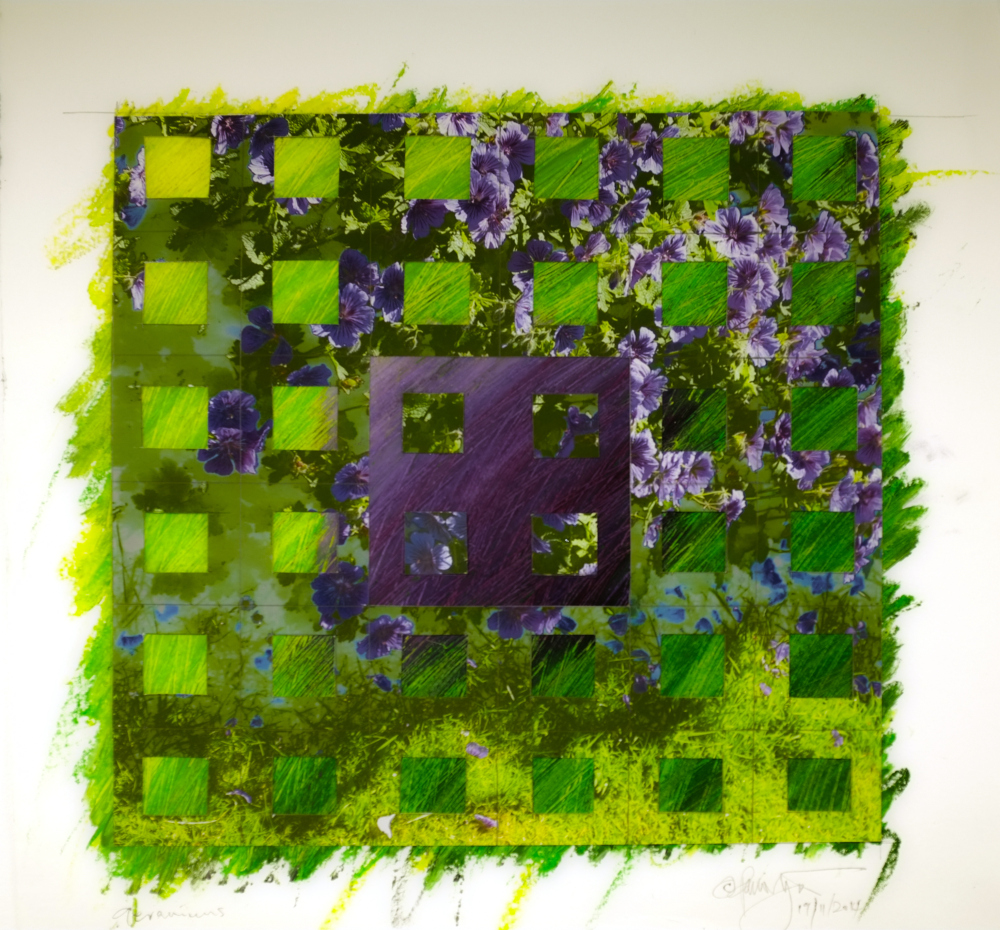
By does the blogger dashboard have this blog written by Nicky Johnson?
hi Jacqui. Nikki is my techie ! called in to locate this blog when it went missing. Don’t worry, I write everything that appears here!
LOL Patrick, never doubted it was written by you but was puzzled that it was credited to someone else on blogger. Thought that you might have mentioned the composer’s name and that was how it came about but only Mr Hockney’s name mentioned. Thanks for replying.
The composer is Dr. Robert Hanson, who was head of music at Morley College following the footsteps of people such as Holst and Michael Tippett
Great blog post again.
As you older, your perspective changes as life nudges you from one situation to another and you grow (hopefully). For some people that might mean that economic stability is a necessity, so they stick with what they know works. Others like Cezanne were afforded a life where money did not really come into the equation nor the opinions of others, although he was definitely flattered if people said complementary things. Van Gogh is probably the best example of someone neglecting their life for the passion within that drove his art.
David Hockney I think, has been lucky that people like Damien Hirst came along as it took him out of the limelight and allowed him to rediscover that passion within himself as I think he lost it for a while. Even if Damien Hirst was/is a good artist, (he must of had some talent at some time) his notoriety is such, that I think, he is trapped and any growth will be immediately thrown back at him, as it has been, oh,look he wants to be painter now. How quaint.
However, anyone who picks up a brush, hammer, chisel, sewing needle etc is celebrating art in life and in the days of so much technology and commercial growth we should celebrate that, even its derivative (look at any open artists forum,http://www.painters-online.co.uk/gallery.htm)but they have a love for art and there are somw gems within that forum. You never know it might spark in a passion in a grandchild, niece or nephew who will turn out to be the next Ai WeiWei. Much like when I bang on my bongo drums in my studio or the electronic keyboard in the office, it shows my love for music in my own way. I cannot hold a tune in my head or play a note but every time I play I know I am the best in the world. My grand-daughter definitely thinks I am good LOL Get your friend to put on some good music and splash around some paint. He might be surprised what within him.
Not sure I have reflected accurately what you were saying but I would say its a struggle to keep up that passion fully lit up and as I said, life happens. My life is so humdrum in the suburbs of Texas, I have forgotten what passion is.